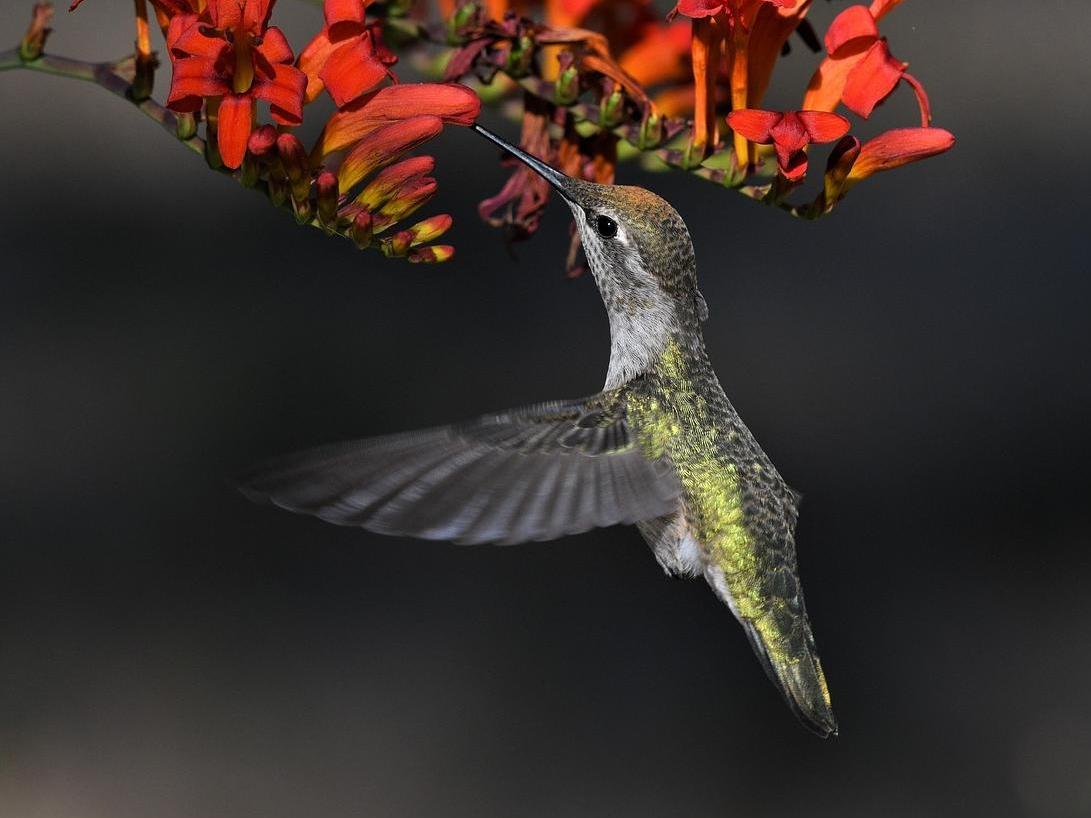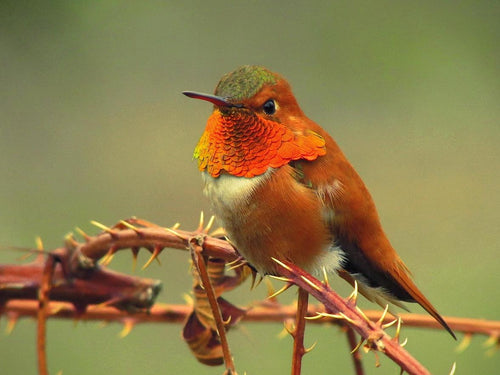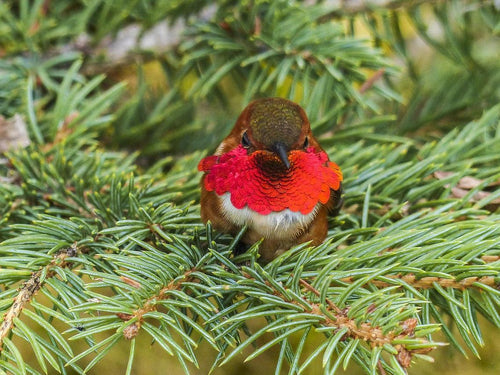How Long Do Hummingbirds Live? Lifespan, Challenges & Care Tips
TTNatureTeam
You might think something so tiny wouldn’t last long—but hummingbirds are full of surprises.
With their paper-light bodies (3–6 grams—lighter than a nickel!) and wings that beat faster than your eyes can follow, hummingbirds seem too delicate for this world. And yet, when it comes to lifespan? These little dynamos punch way above their weight.
So, just how long do hummingbirds live? Let’s take a closer look.
How Long Do Hummingbirds Live?
Wondering how long hummingbirds live? That depends on whether they’re living in the wild or under protection.
The “Hard Mode”: Life in the Wild
Let’s be real—nature is brutal for baby hummingbirds. In fact, according to the Cornell Lab of Ornithology, more than half of all hummingbird chicks don’t survive their first year.
Predators, harsh weather, food shortages, migration accidents… it’s one deadly challenge after another.
But if a young hummingbird can survive this tough “rookie stage” and make it through the first year, it’s a whole different story—they gain a serious survival edge!
The “Easy Mode”: Life in Captivity
If a hummingbird gets lucky and ends up in a professional wildlife rehab center, a zoo, or under the care of an experienced handler (note: private ownership of hummingbirds is illegal and extremely difficult in most places!), life becomes much easier.
No predators, plenty of fresh food, and even “bird doctors” when they get sick. In these “five-star retirement homes,” living more than 10 years is totally normal—some even reach 12 to 15 years.
This clearly shows that when given the right conditions, even the tiniest hummingbirds can live surprisingly long lives.
The lifespan of some common hummingbird species
Ruby-throated Hummingbird

A well-known favorite in eastern North America. In the wild, they typically live about 3 to 5 years.
That might not sound like much—but wait! Some individuals with tiny tracking bands have been recorded living over 9 years (data from Cornell’s bird banding database).
Anna’s Hummingbird
A year-round resident of the West Coast, and some don’t even migrate in winter. They seem a bit more “hardy,” with wild lifespans averaging 4 to 6 years. The current “longevity champion” in the hummingbird world is an Anna’s Hummingbird: one banded individual was recaptured at the age of 12 years and 2 months! (Verified by the USGS Bird Banding Laboratory.)
Other Species
Like the Black-chinned Hummingbird, which has been recorded living up to 10 years in the wild. Or the Broad-tailed Hummingbird, with records of individuals reaching 11 years. These tiny birds are full of hidden potential!
What Affects the Lifespan of a Hummingbird?
If a hummingbird wants to live a long, stable life, it has to survive challenges like these:
Predators
For hummingbirds, the world is full of threats! Cats (both domestic and feral) are the #1 killers. Birds of prey—like hawks and falcons—wait in the sky. Even snakes, large spiders (like tarantulas), praying mantises, and big fish (yes, some strike when hummingbirds are drinking) may see them as snacks!
Weather
Hummingbirds don’t handle cold well. A sudden cold snap or frost can wipe out many hummingbirds who fail to migrate in time or can’t find food. Storms and hurricanes can toss them around or even kill them outright. Bad weather during migration is often deadly.
Migration
Migration is basically a life-or-death gamble. Imagine weighing only 5 grams (like a sugar packet) and flying across 800 kilometers (500 miles) of open water over the Gulf of Mexico—all in one go!
Or being a Rufous Hummingbird, traveling more than 6,000 kilometers each year up and down North America's West Coast! Dangers include exhaustion, getting lost, running out of food, or getting caught in storms. Many hummingbirds don’t survive the journey.
Food Sources
Hummingbirds are nectar addicts—and they love snacking on insects too. With insanely fast metabolisms, they need to eat constantly. Droughts that kill flowers, urban development replacing wild meadows, or overuse of herbicides/pesticides wiping out blooms and bugs... any of these can cause serious “food crises” and starvation.
Man-Made Hazards
Hummingbirds have sharp vision but can’t tell the difference between clear glass and open sky. Reflections of trees in windows can fool them into high-speed crashes, often fatal or severely injurious. In cities, this is a major cause of hummingbird deaths.
Pesticides & Herbicides
These chemicals can kill the insects hummingbirds depend on—or contaminate nectar sources, causing slow poisoning or malnutrition.
Dirty Feeders
If sugar water in feeders ferments or grows mold (especially in hot weather), it can become toxic. Dirty feeders can easily make hummingbirds sick or even kill them. Keeping feeders clean is essential!
How to Help Hummingbirds Live Longer?
If you want hummingbirds to stick around—and live a little longer—it starts with what you plant.
One backyard gardener in Arizona once told that her salvia bed attracts the same hummingbird every morning at 7 a.m., like clockwork. Bright red and orange blooms are like magnets, especially tubular flowers like trumpet vine, penstemon, and fuchsia.
Smart hummingbird feeders help too, especially during dry spells or migration. Hang one where it’s shady and quiet, clean it every few days, and skip the red dye—just plain sugar water does the job.

Conclusion
Hummingbirds live at full throttle, and most don’t make it past their first year. But some manage to return year after year—like a Rufous Hummingbird spotted across three summers in the same garden, recognizable by a missing tail feather. It had survived long migrations, storms, and suburban hazards.
While nature is unpredictable, simple human choices can tip the odds. Clean feeders. Native flowers. Window stickers where collisions happen. Small efforts—added up—can stretch a tiny bird’s fragile life just a little further.







